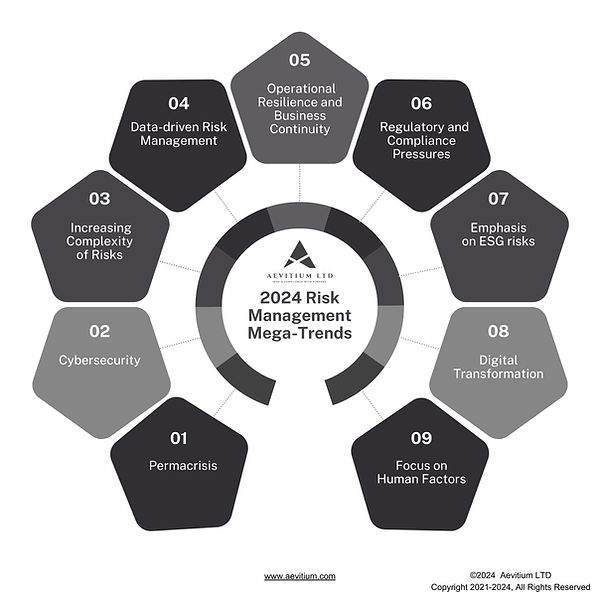Financial Challenges of 2023 and Strategic Readiness for 2024
The year 2023 bore witness to significant upheavals in the financial sector: crypto exchanges faltered, British pension funds required bailouts, and tech valuations plummeted by 40%. These events unfolded against a backdrop of investors flocking to safe-haven assets like 10-year treasuries, highlighting cracks in financial market stability. These issues remain unresolved, posing a looming threat as additional risks loom on the horizon.
The importance of real-time risk monitoring and proactive mitigation strategies cannot be overstated. Companies that remain resilient during turbulence distinguish themselves from their competitors who struggle to respond effectively. The ability to anticipate and navigate cyclic challenges is crucial for sustained success in the face of annual uncertainties.
Cybersecurity Challenges
In 2022, the world saw record-breaking cyberattacks, including the Colonial Pipeline shutdown and ransomware incidents affecting Costa Rican government systems and major hospitals globally. Chief Information Security Officers (CISOs) must continually fortify defenses, enhance access controls, and bolster monitoring capabilities. The looming threat of quantum computing amplifying data infiltration risks necessitates preemptive measures, such as robust encryption strategies and effective management of attack surfaces.
Regulatory Landscape
Amid evolving regulatory landscapes—from ESG reporting to cryptocurrency classifications and SEC cybersecurity audits—financial organizations face mounting pressure to adapt swiftly. Those employing flexible frameworks can proactively navigate regulatory changes, maintaining compliance and enhancing transparency beyond mandatory requirements. This proactive approach not only builds trust but also ensures operational resilience amid regulatory shifts announced annually.
Technological Disruptions
The rise of blockchain technology promises both innovation and disruption in financial markets. While its potential for transformative change is immense, careful evaluation of risks and rewards is essential. Adopting new technologies without a comprehensive understanding of associated risks can lead to unforeseen challenges that threaten business continuity. Strategic innovation strategies should incorporate rigorous risk assessment and selective integration to mitigate potential disruptions effectively.
Operational Risks
Financial turbulence heightens operational risks, exacerbated by internal adjustments and compensation structures that can impact personnel continuity and workflow efficiency. Proactive operational risk management, focusing on redundancy planning and early anomaly detection, is crucial to preempting disruptions that could escalate into systemic failures across organizational ecosystems.
Conclusion
Navigating the unpredictable financial landscape demands vigilance, strategic innovation adoption, and robust governance. By anticipating risks and embracing change cautiously, businesses can adapt swiftly, minimize costly mistakes, and maintain stability and confidence. Learning from past experiences and continuously monitoring potential risks are key to forging a path towards a resilient and prosperous future.




